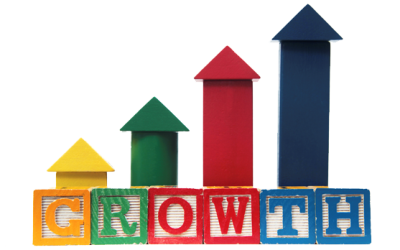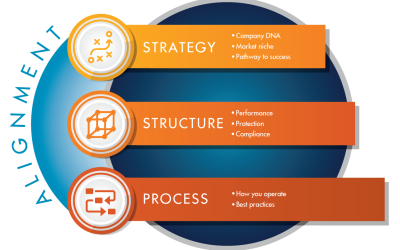Growth is good – until it isn’t. If you grow too fast, you can damage your brand, compromise your product, and burn out your team. Good growth is managed and planned. Let’s look again at a lesson from recent history. Toyota has long been recognized for their...
INSIGHTS
Thoughts on strategy and operations from a Fractional COO
Some part of your business isn’t working
Some part of your business isn’t working. The hard part is identifying where the problem lies. You may know that your products may need to be refreshed, or that you need to invest in new software to support critical functions. Sometimes the problem is more elusive. ...
A Kayaker’s View of Strategy and Tactics
I was not moving, stuck against a rock and fighting the current. It took all the effort I had to make progress. My choices were to figure out a new approach to moving my kayak or getting out and admitting defeat. I finally leveraged my way into open water. In that...
Ready to take your first step towards breaking through to a new level of performance?
Then let’s hop on a call and see if System & Soul is right for you.




